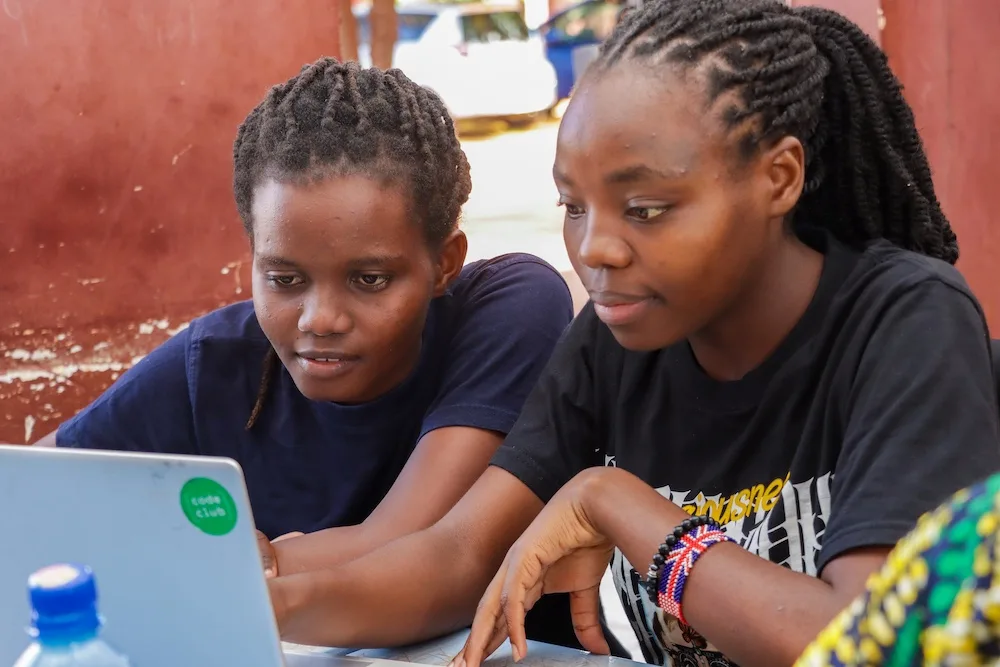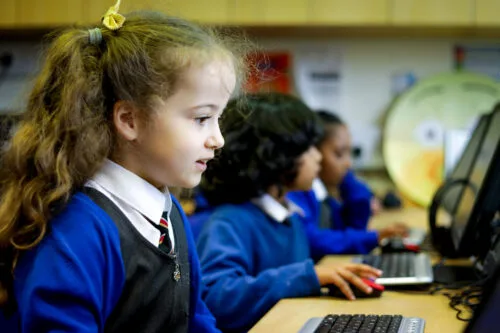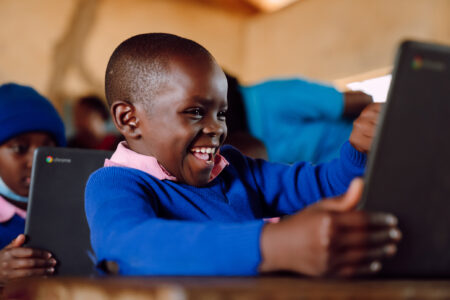Schlagwort: The Computing Curriculum
-

Adapting our computing curriculum resources for Kenya — the journey so far
Reading Time: 4 minutesYoung people everywhere deserve a high-quality computing education. But what a high-quality computing education looks like differs depending on a learner’s culture, context, and the existing provision in the country they live in. Therefore, adapting our educational resources for a range of contexts is a key part of our work at the…
-

The Computing Curriculum: Three global perspectives
Reading Time: 5 minutesAcross continents and cultural contexts, our free Computing Curriculum serves as a common thread that connects educators. Read the stories of 3 educators who share their thoughts on the curriculum’s application, adaptability, and the impact it’s had on their educational settings. I’m Freda, and I co-founded a non-profit organisation called Waloyo in…
-

Supporting Computing in England through our renewed partnership with Oak National Academy
Reading Time: 3 minutesWe are pleased to announce that we are renewing our partnership with Oak National Academy in England to provide an updated high-quality Computing curriculum and lesson materials for Key Stages 1 to 4. New curriculum and materials for the classroom In 2021 we partnered with Oak National Academy to offer content for…
-

Coding futures: Celebrating our educational partnership in Telangana
Reading Time: 6 minutesOn September 29 2023, amidst much excitement and enthusiasm, a significant event took place at a unique school in Moinabad, Telangana: the teams of the Raspberry Pi Foundation and Telangana Social Welfare Residential Educational Institutions Society (TSWREIS) gathered to celebrate our partnership on the esteemed Coding Academy of TSWREIS. This event marked…
-

Teach your learners with The Computing Curriculum
Reading Time: 3 minutesComputing combines a very broad mixture of concepts and skills. We work to support any school to teach students about the whole of computing and how to create with digital technologies. A key part of this support is The Computing Curriculum. We help schools around the world teach their learners computing. The…




